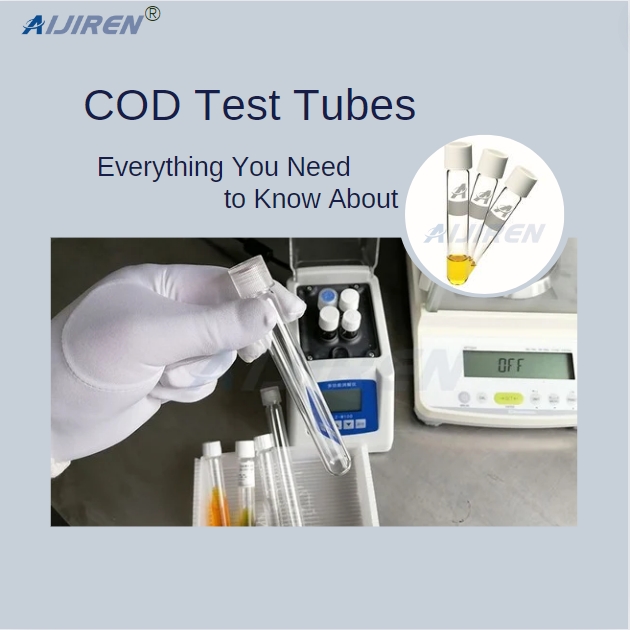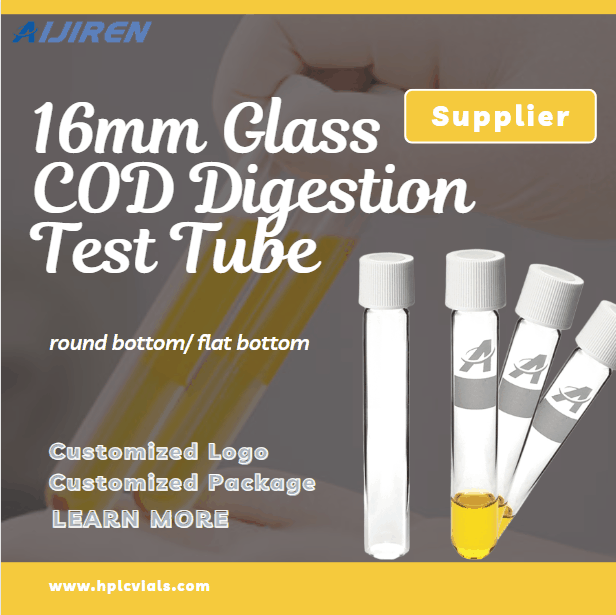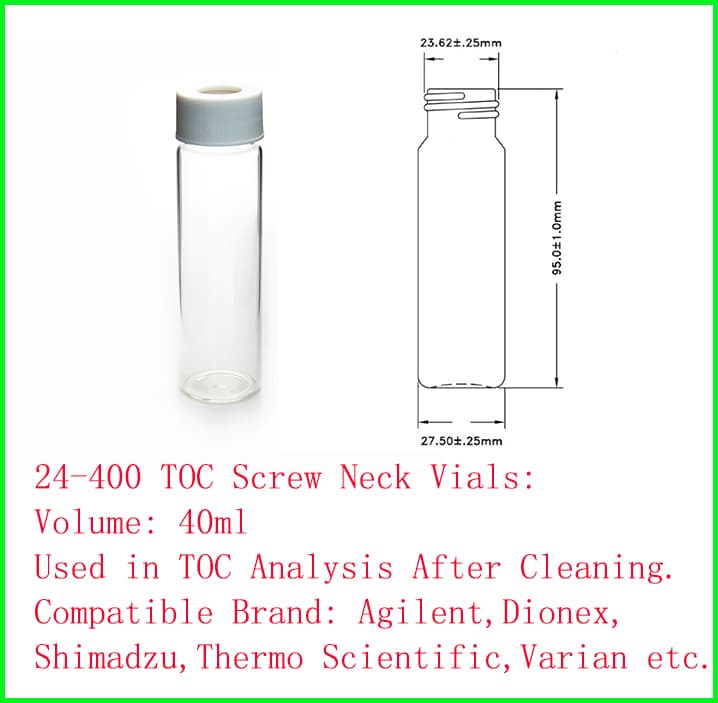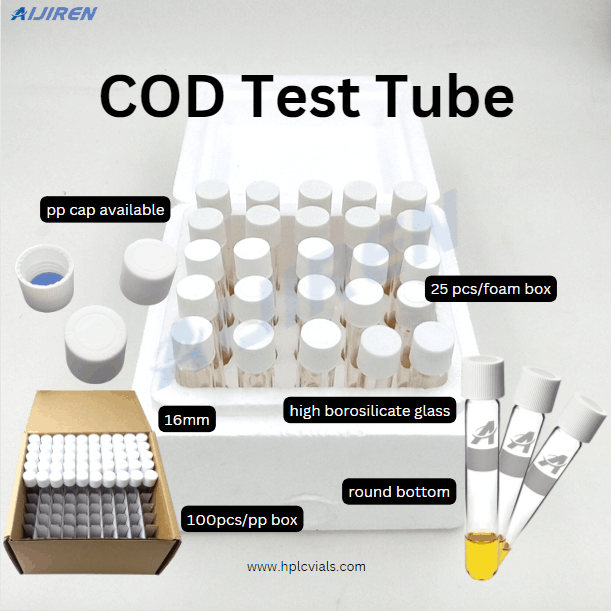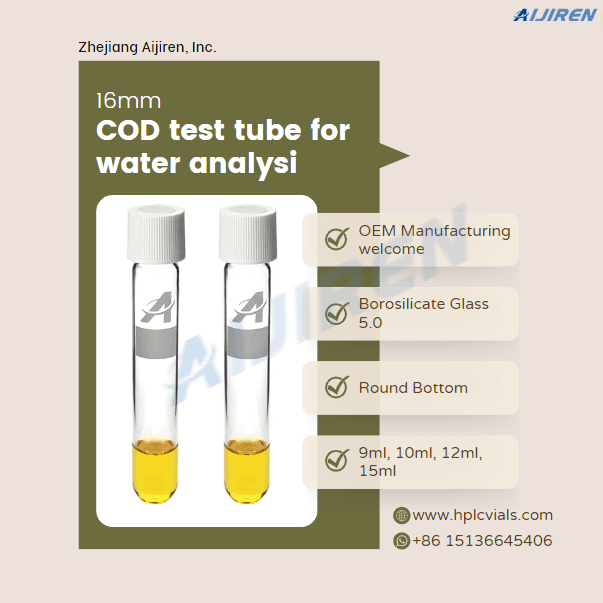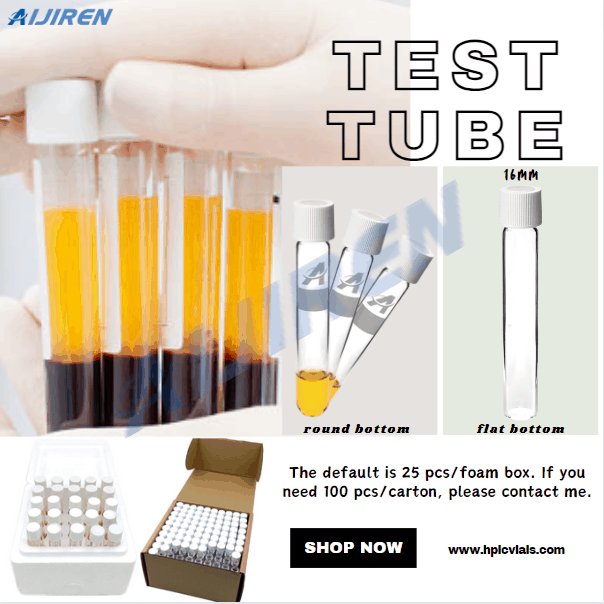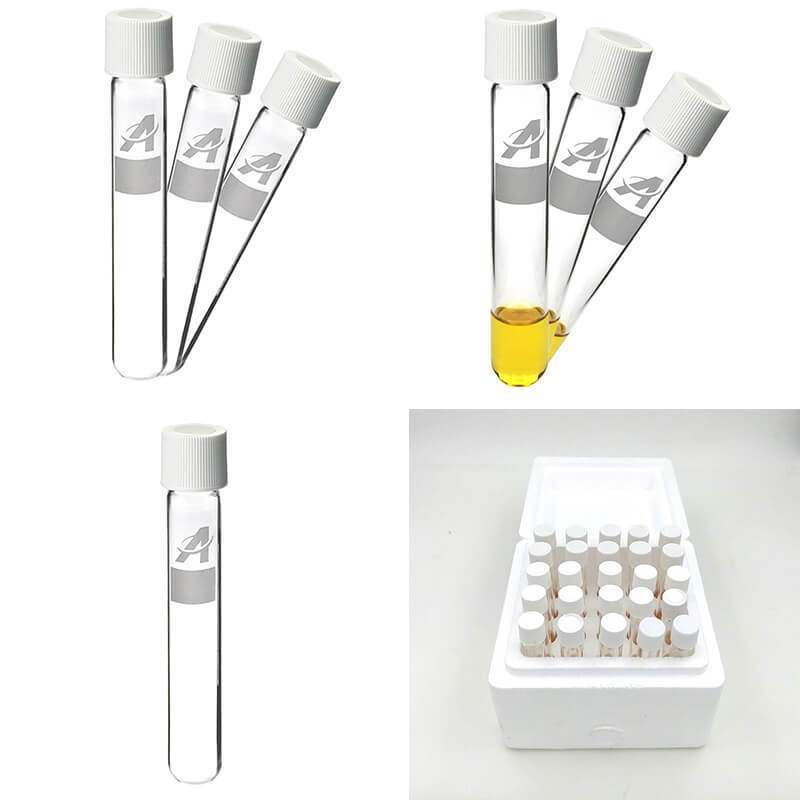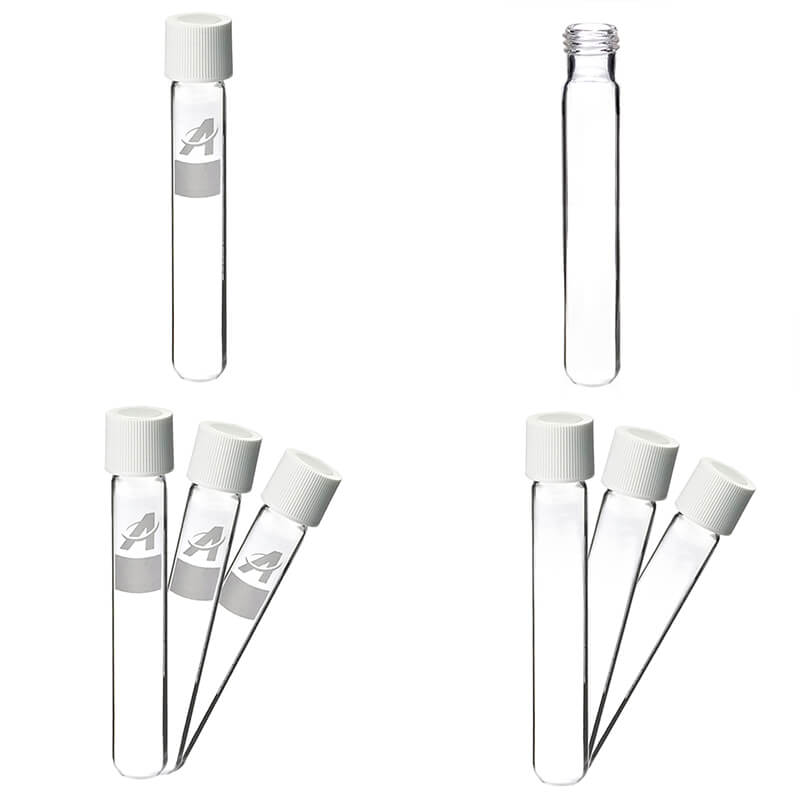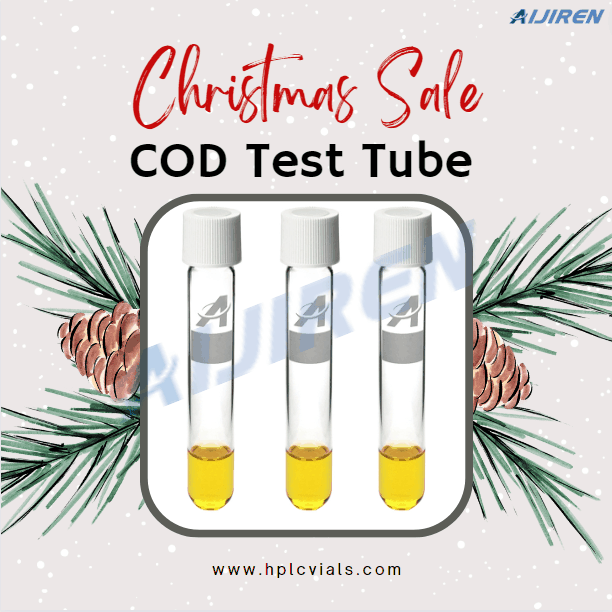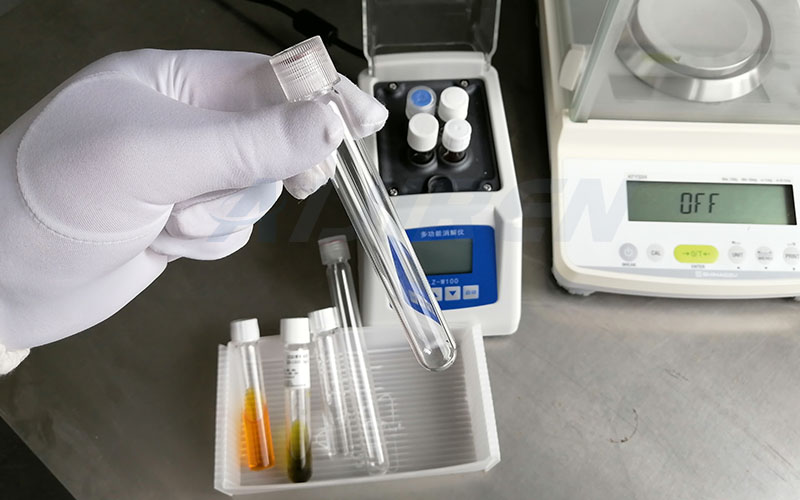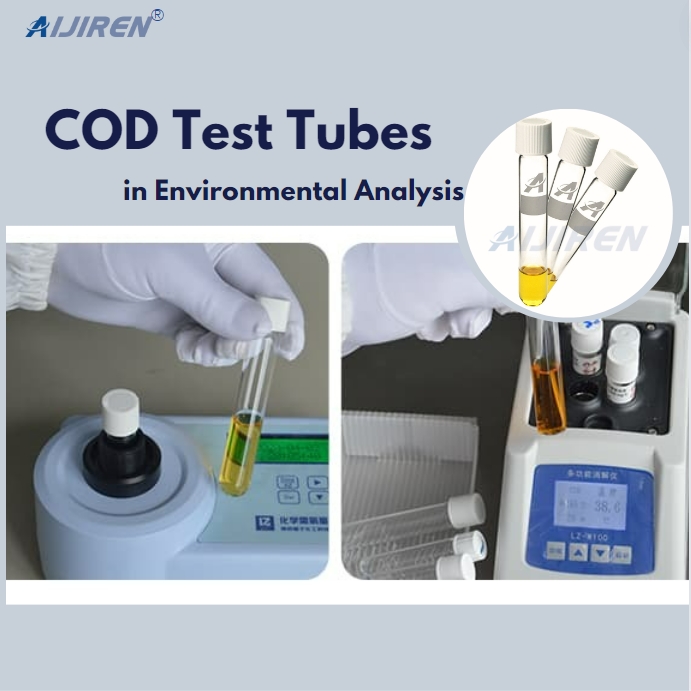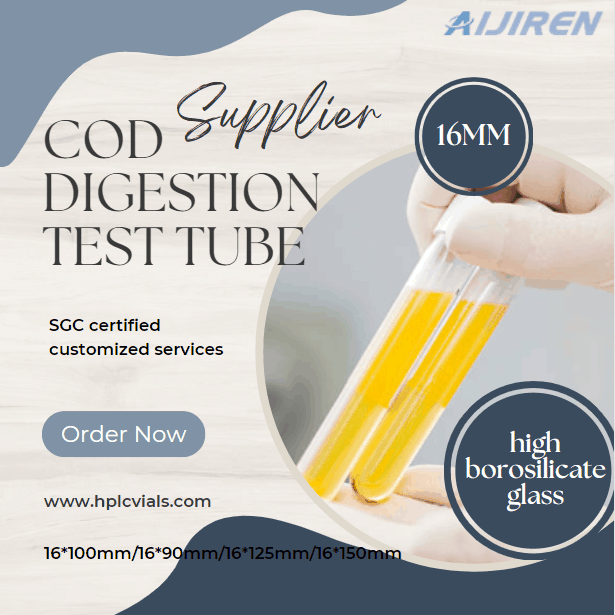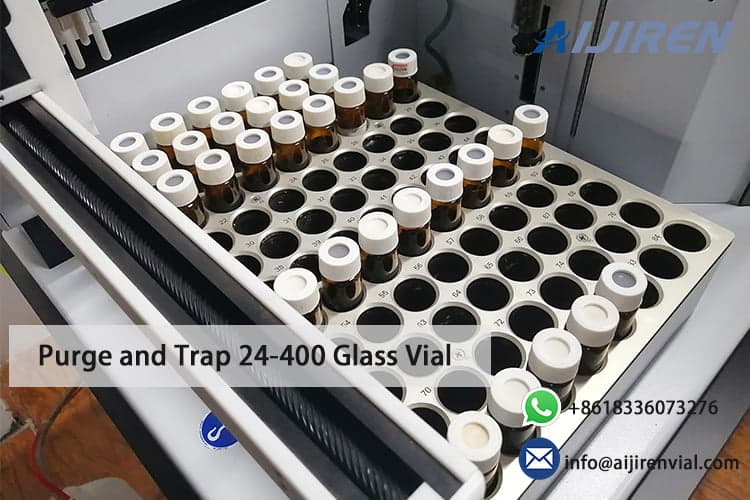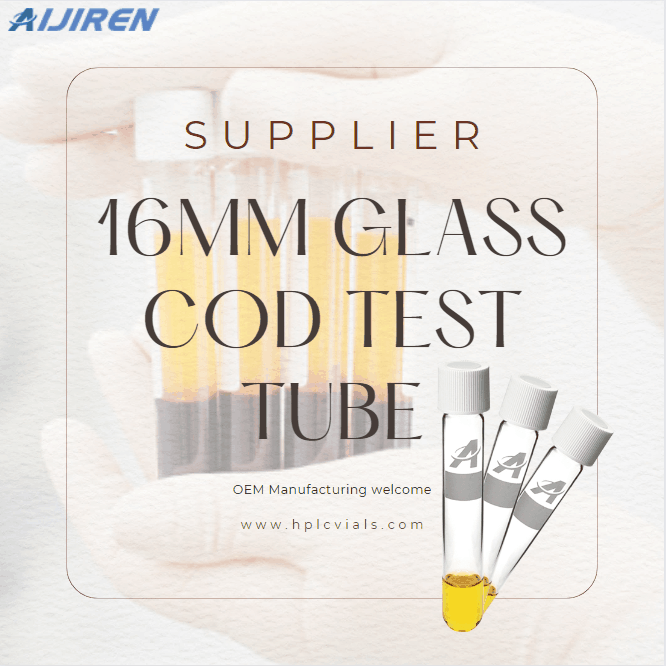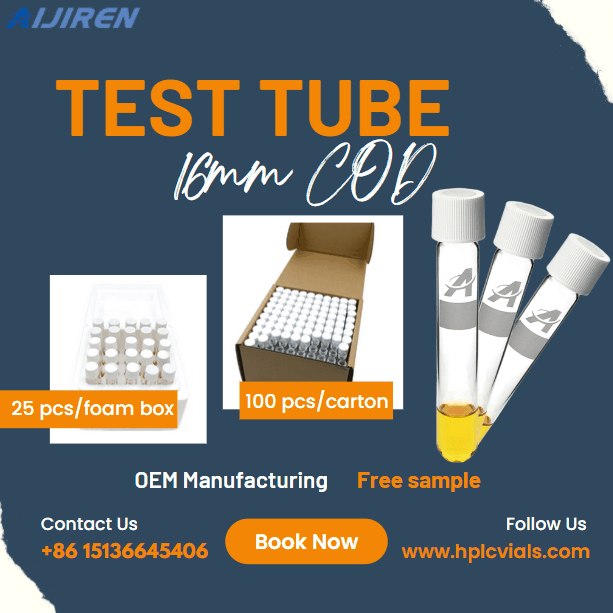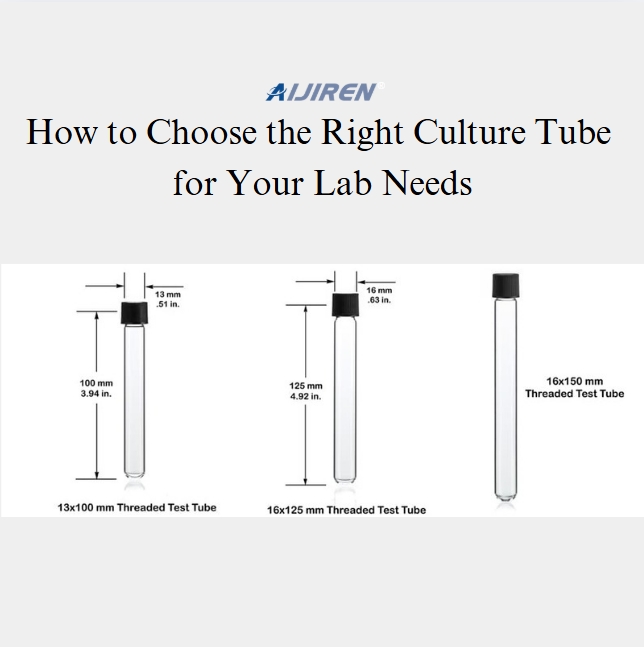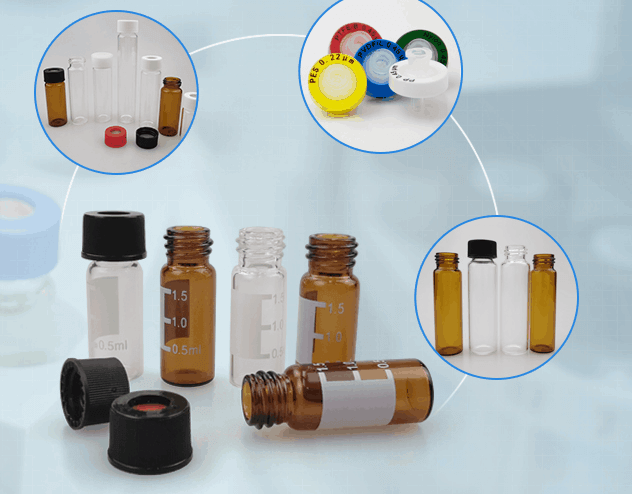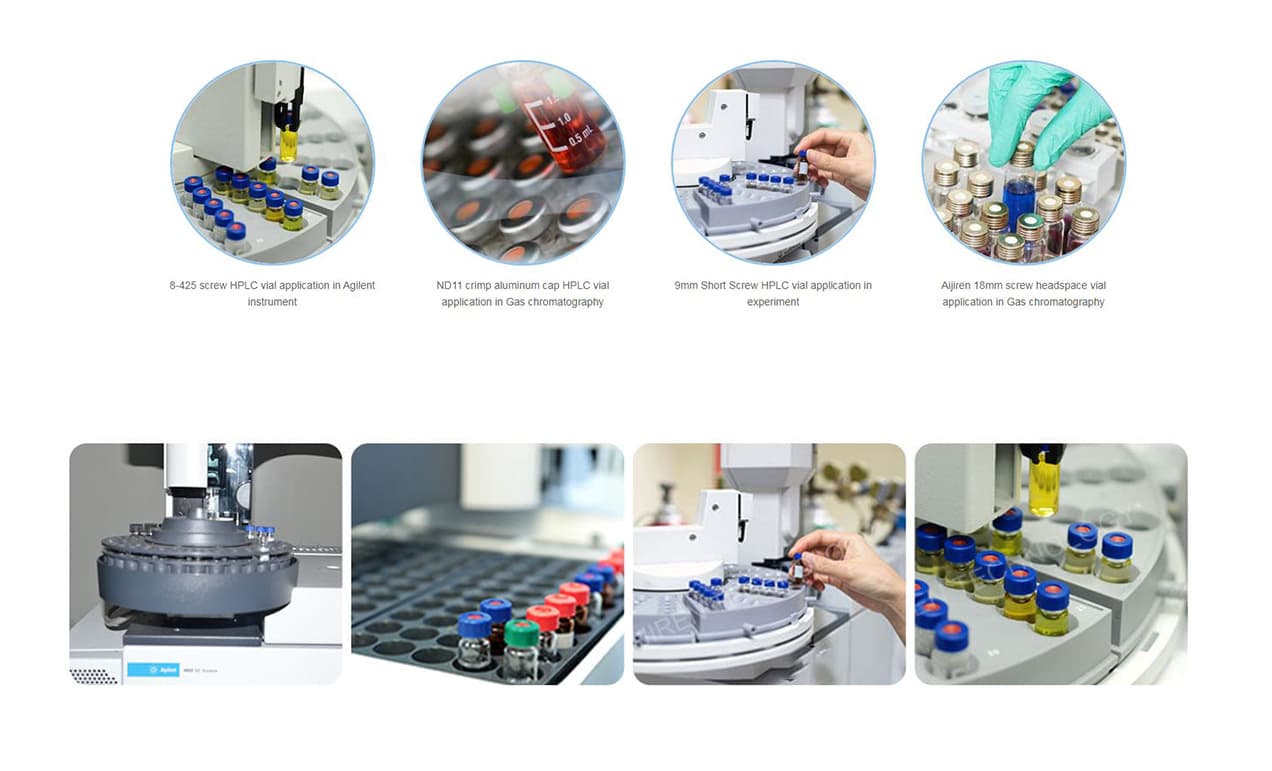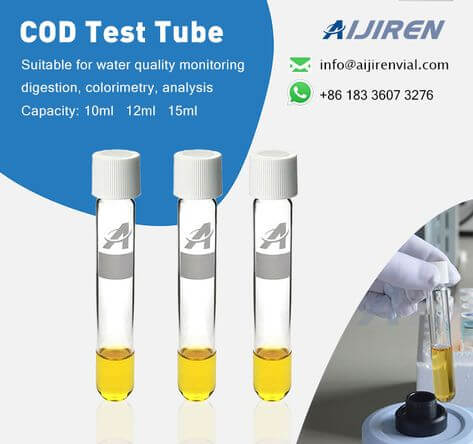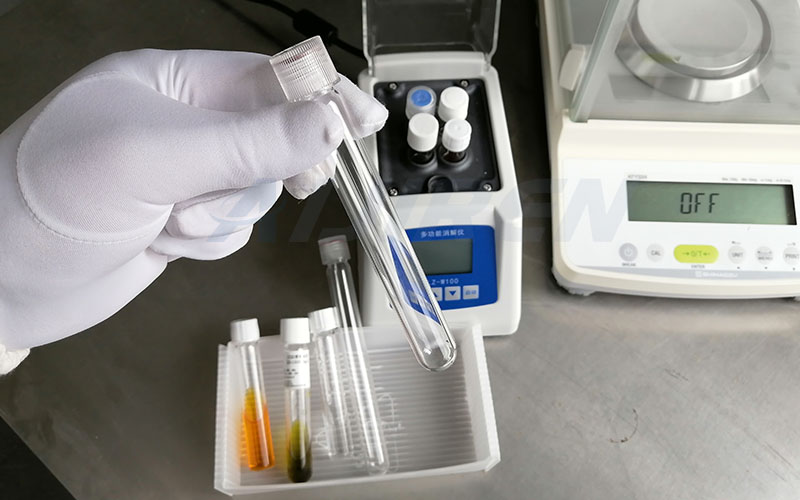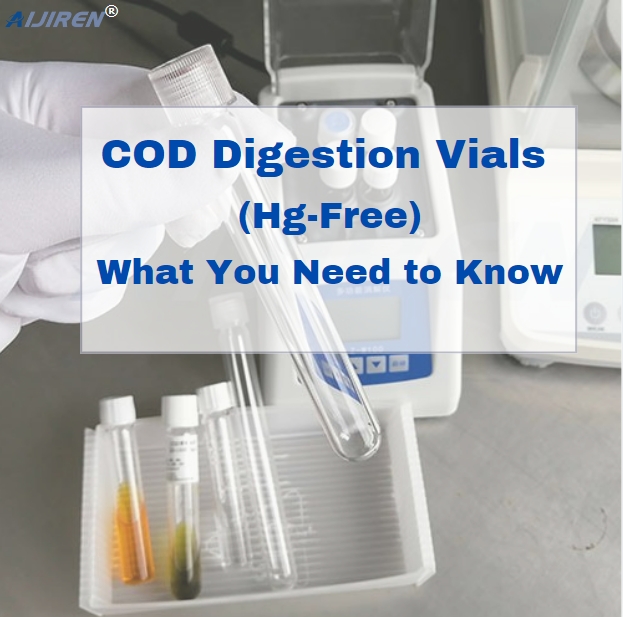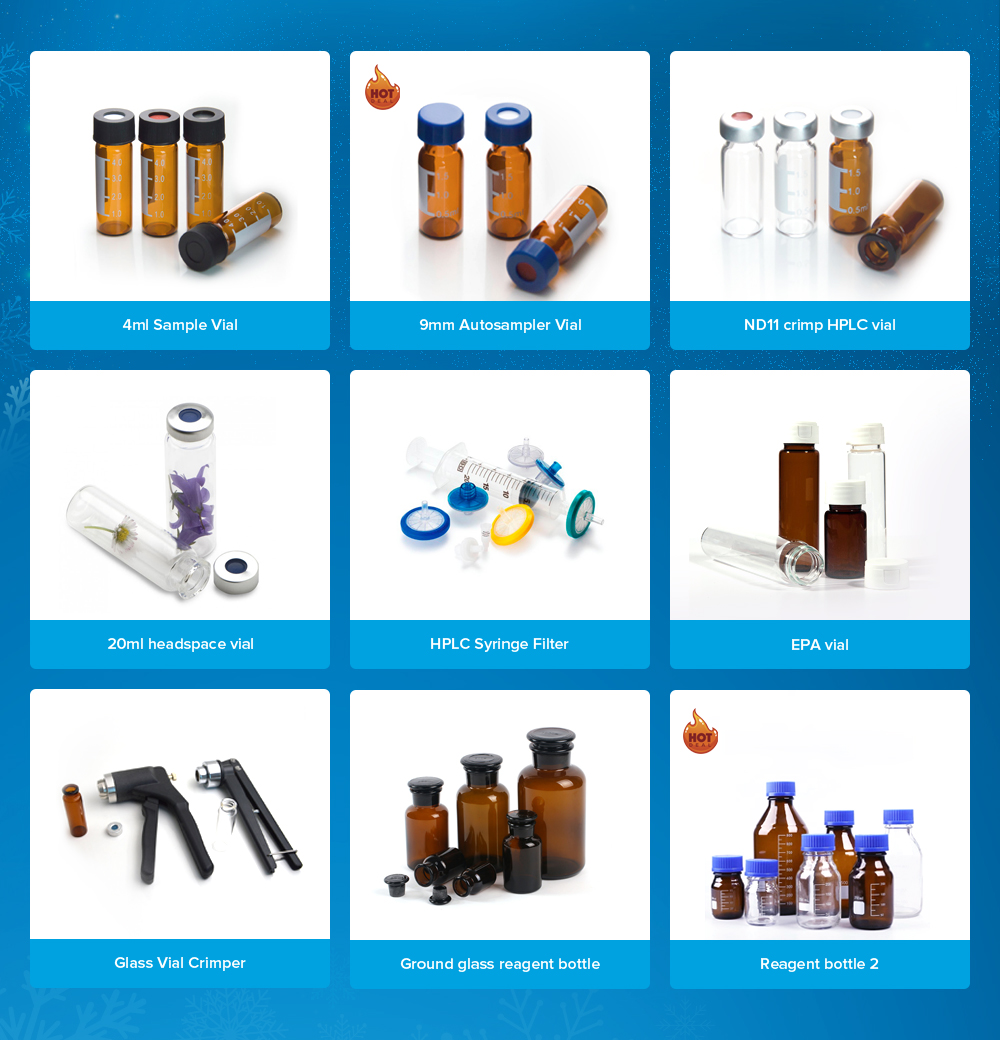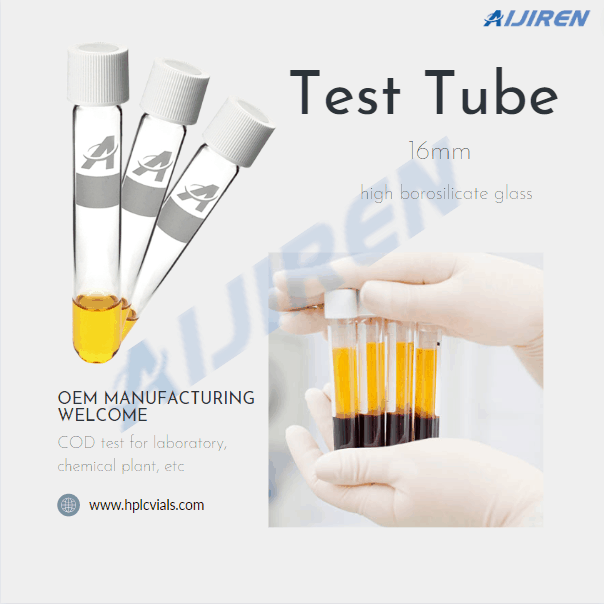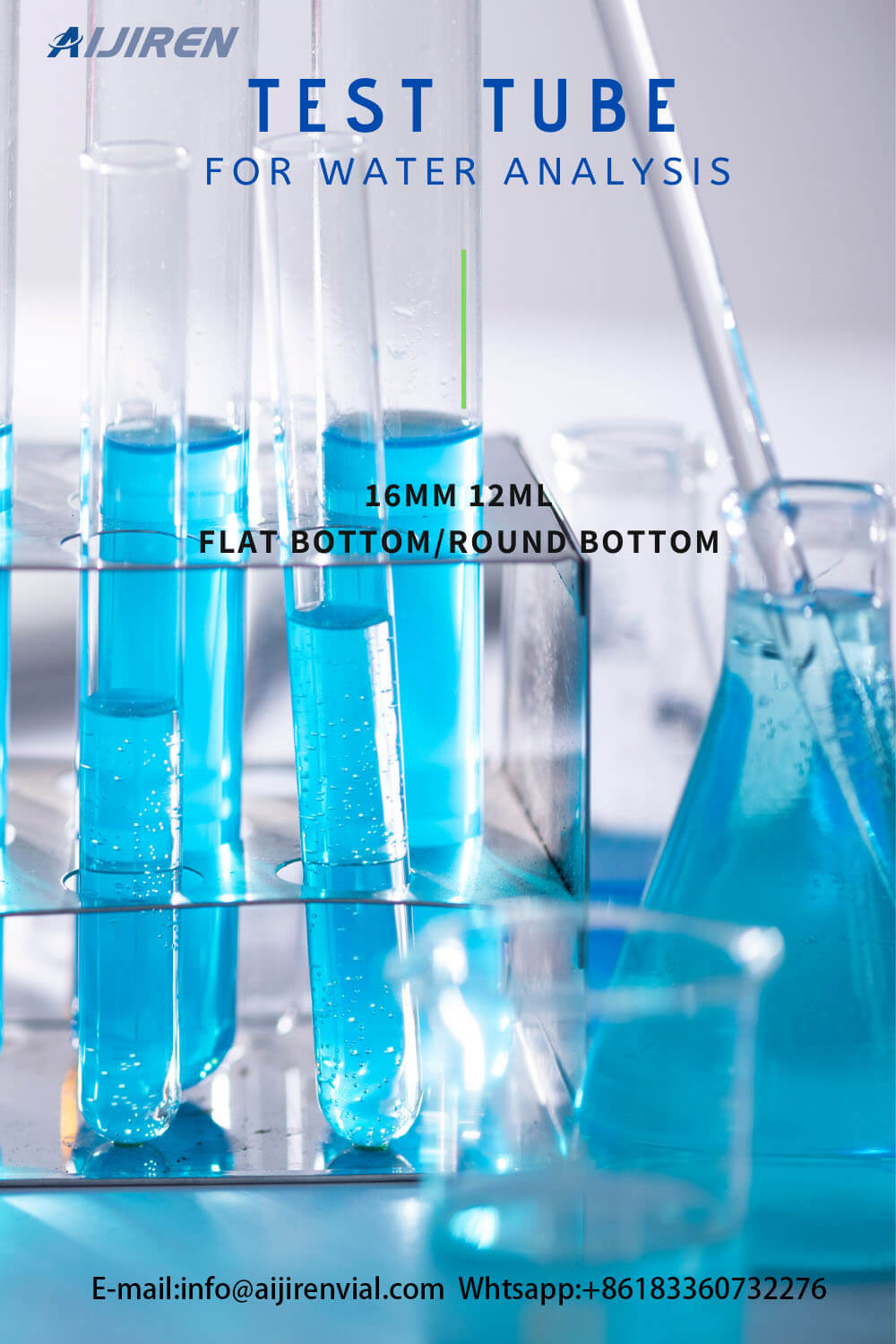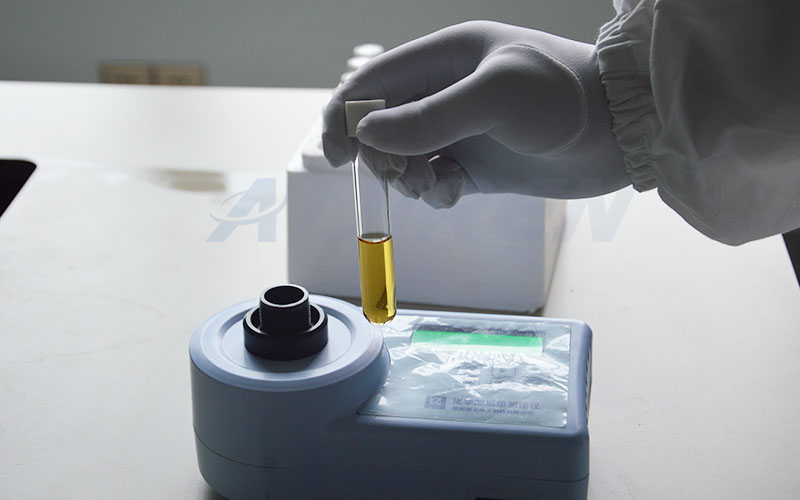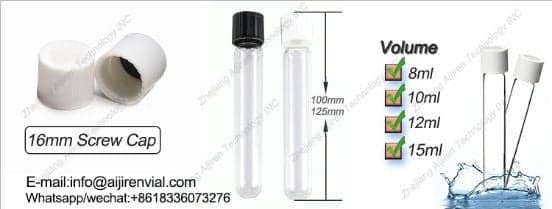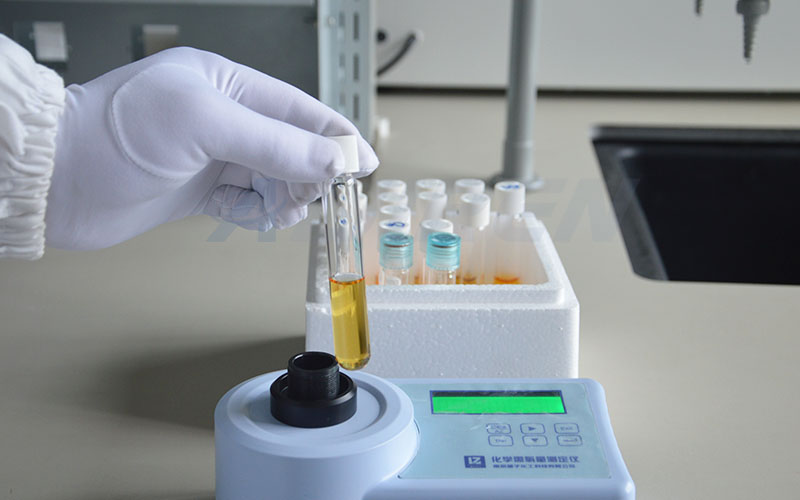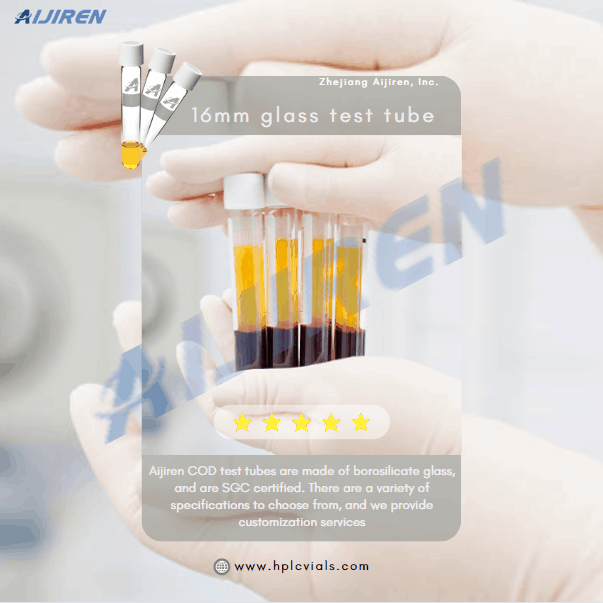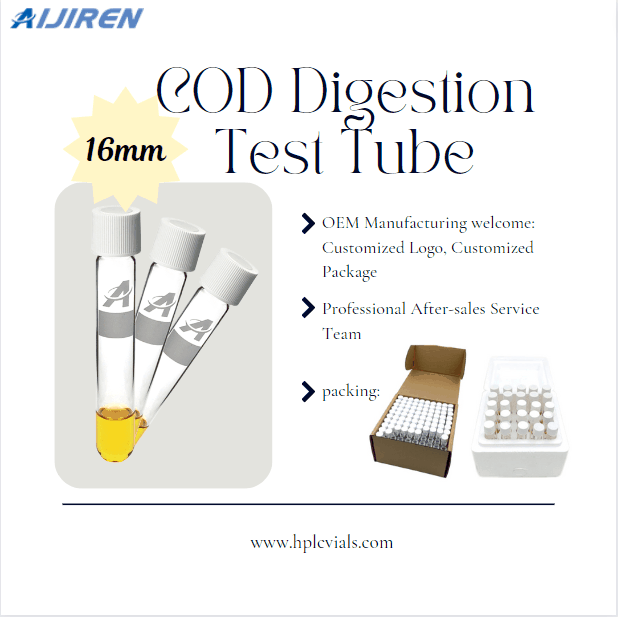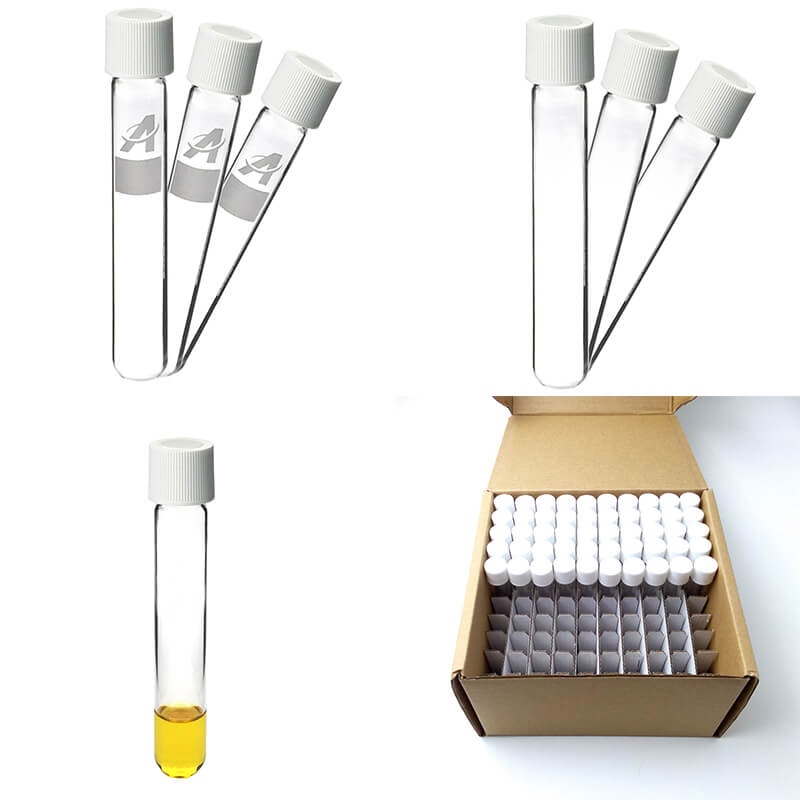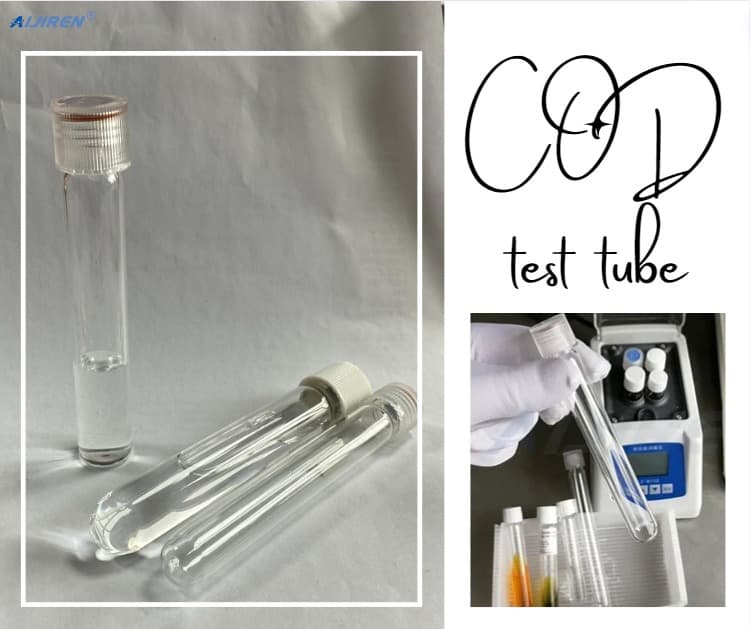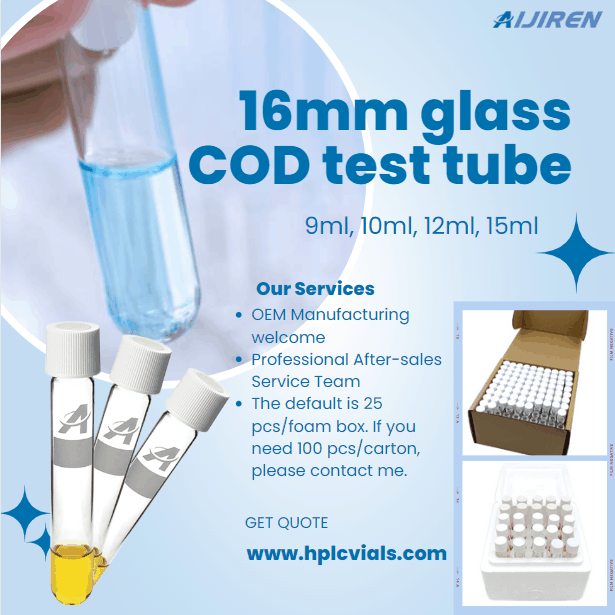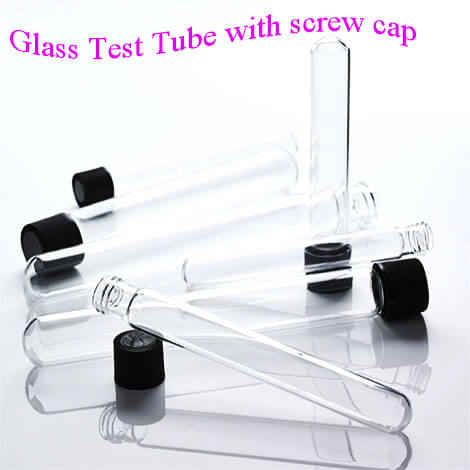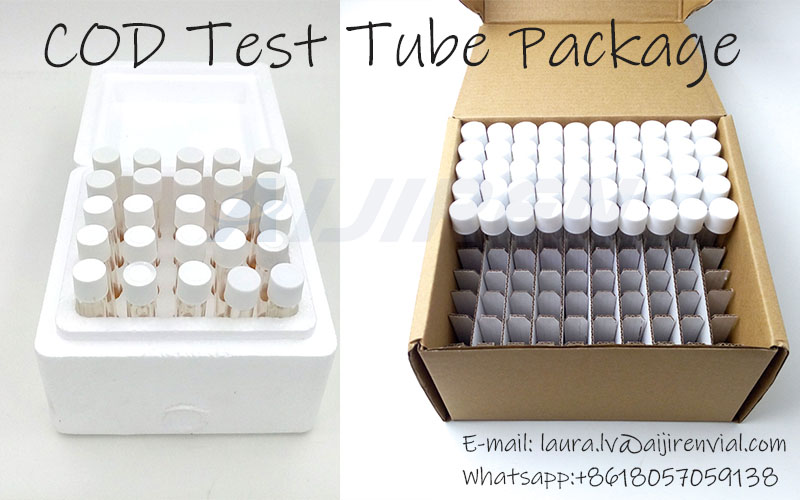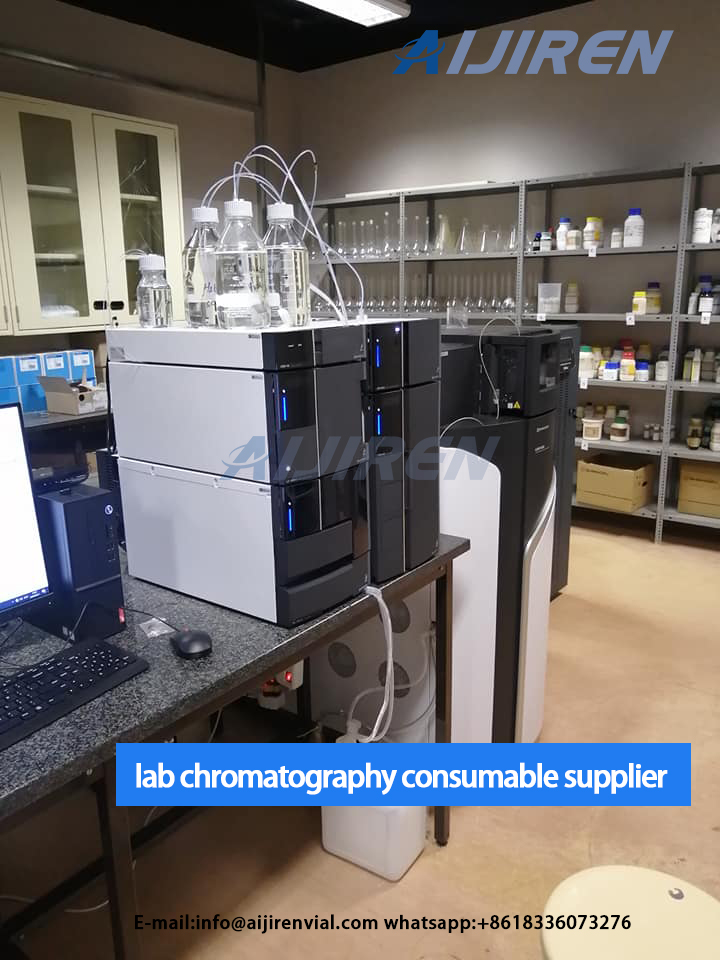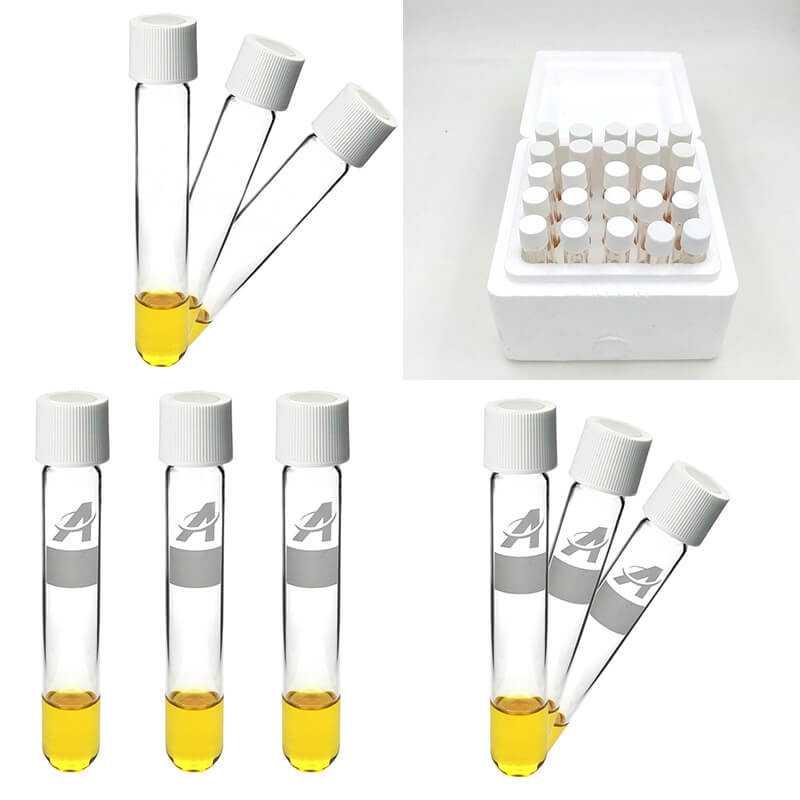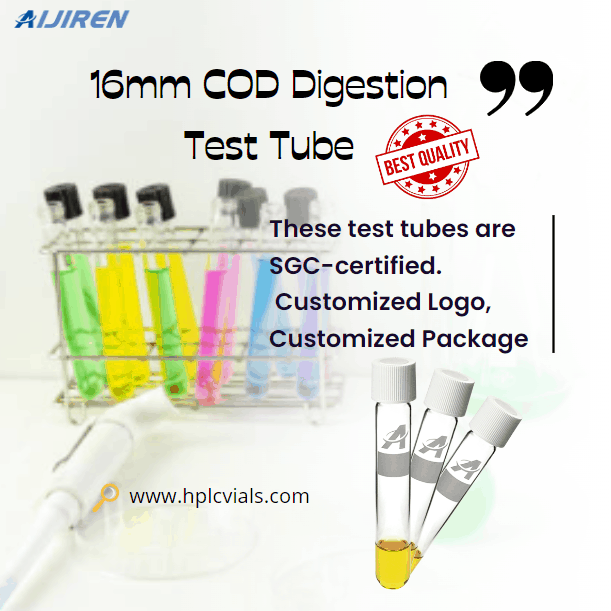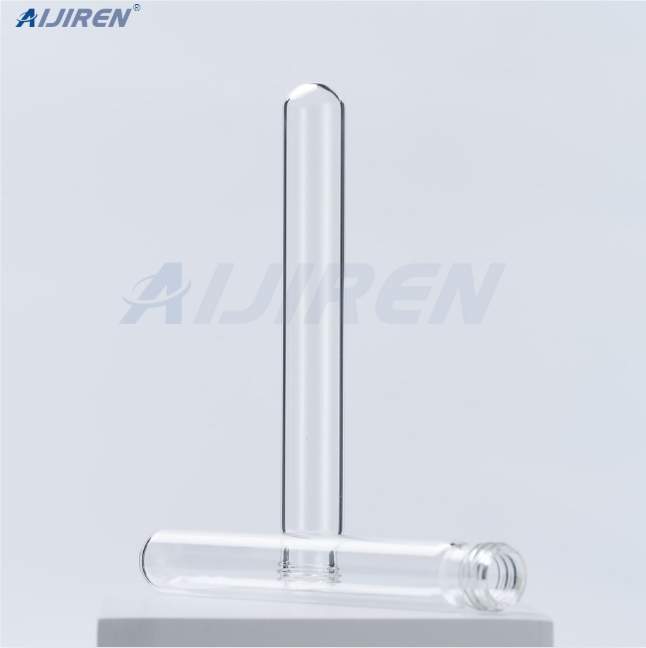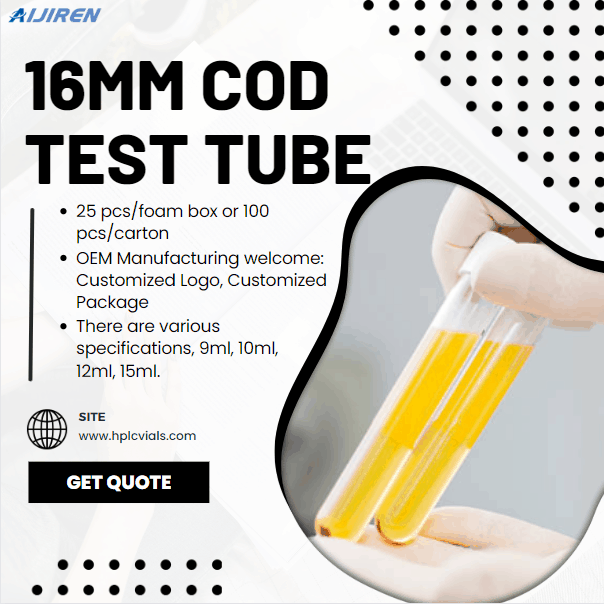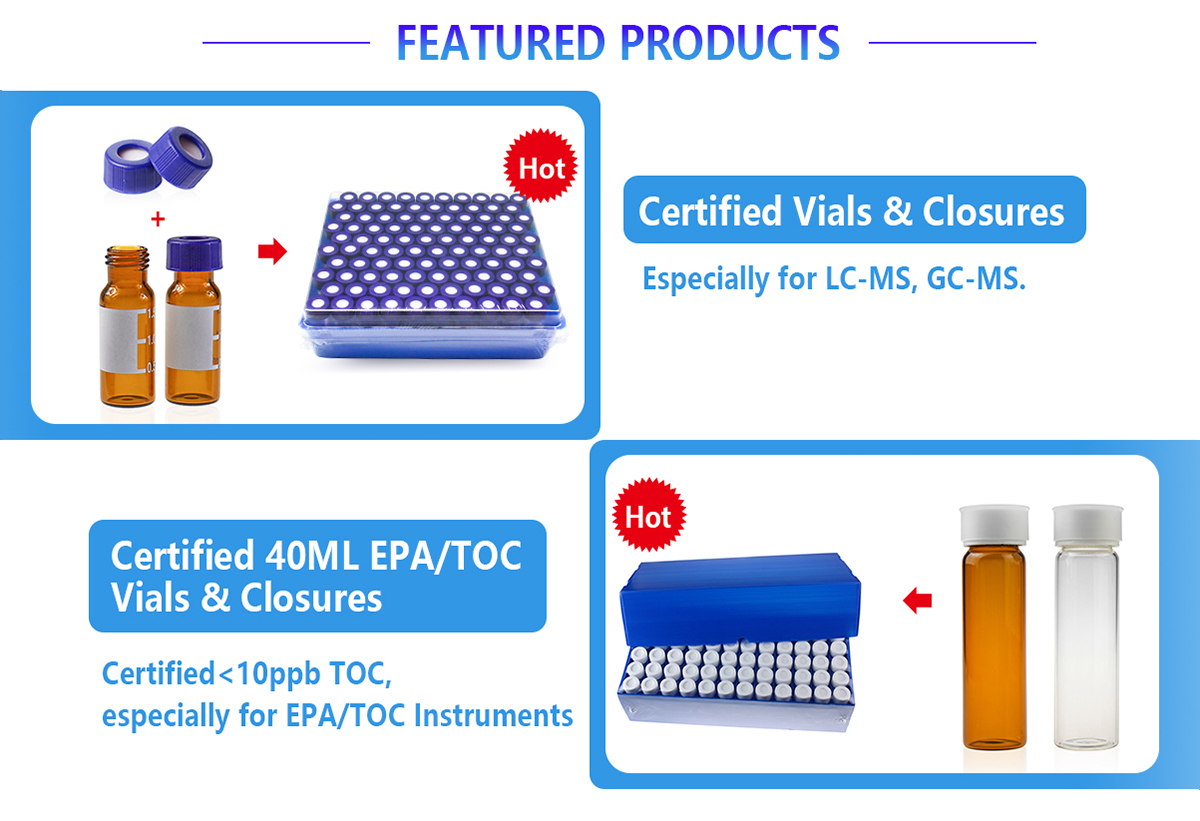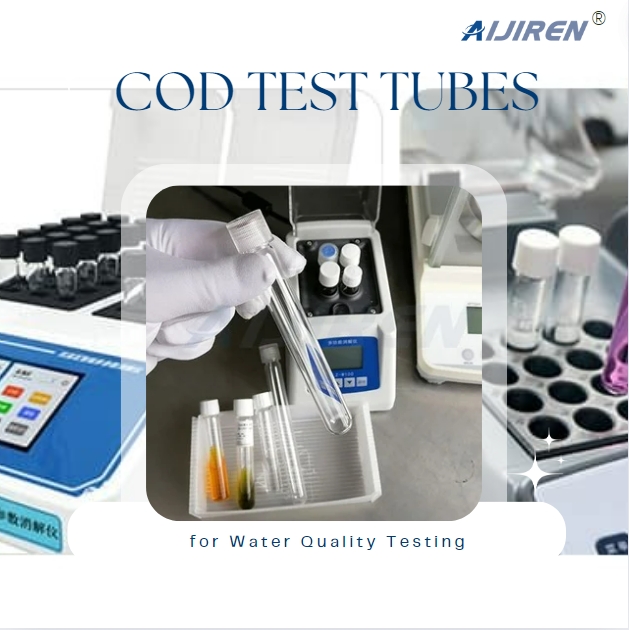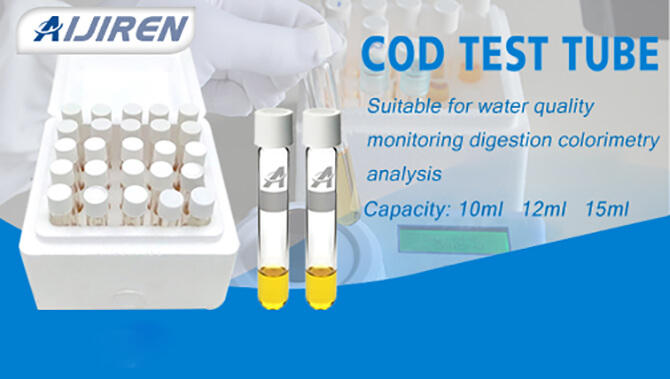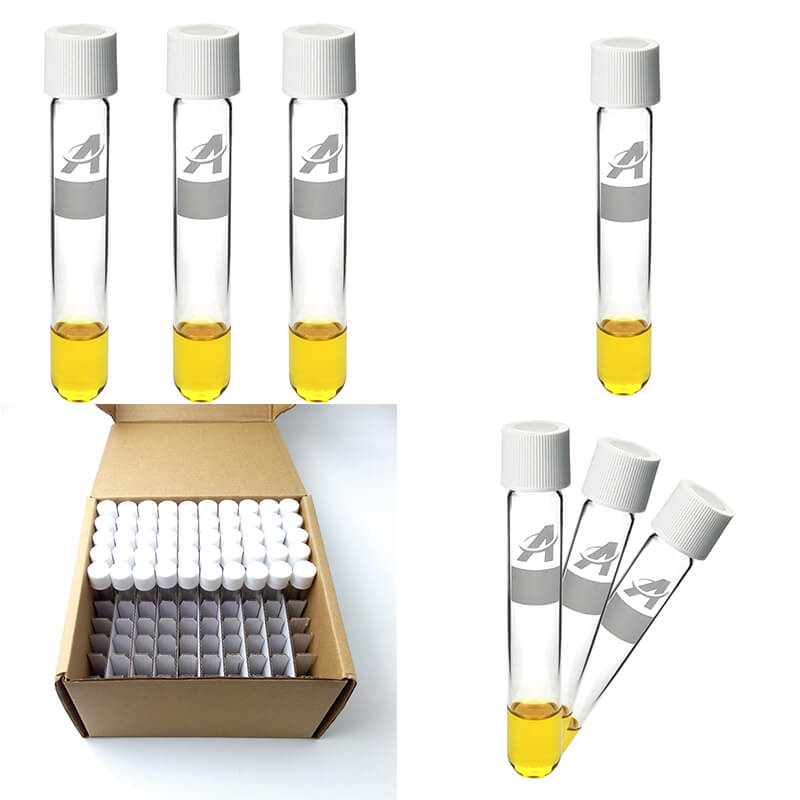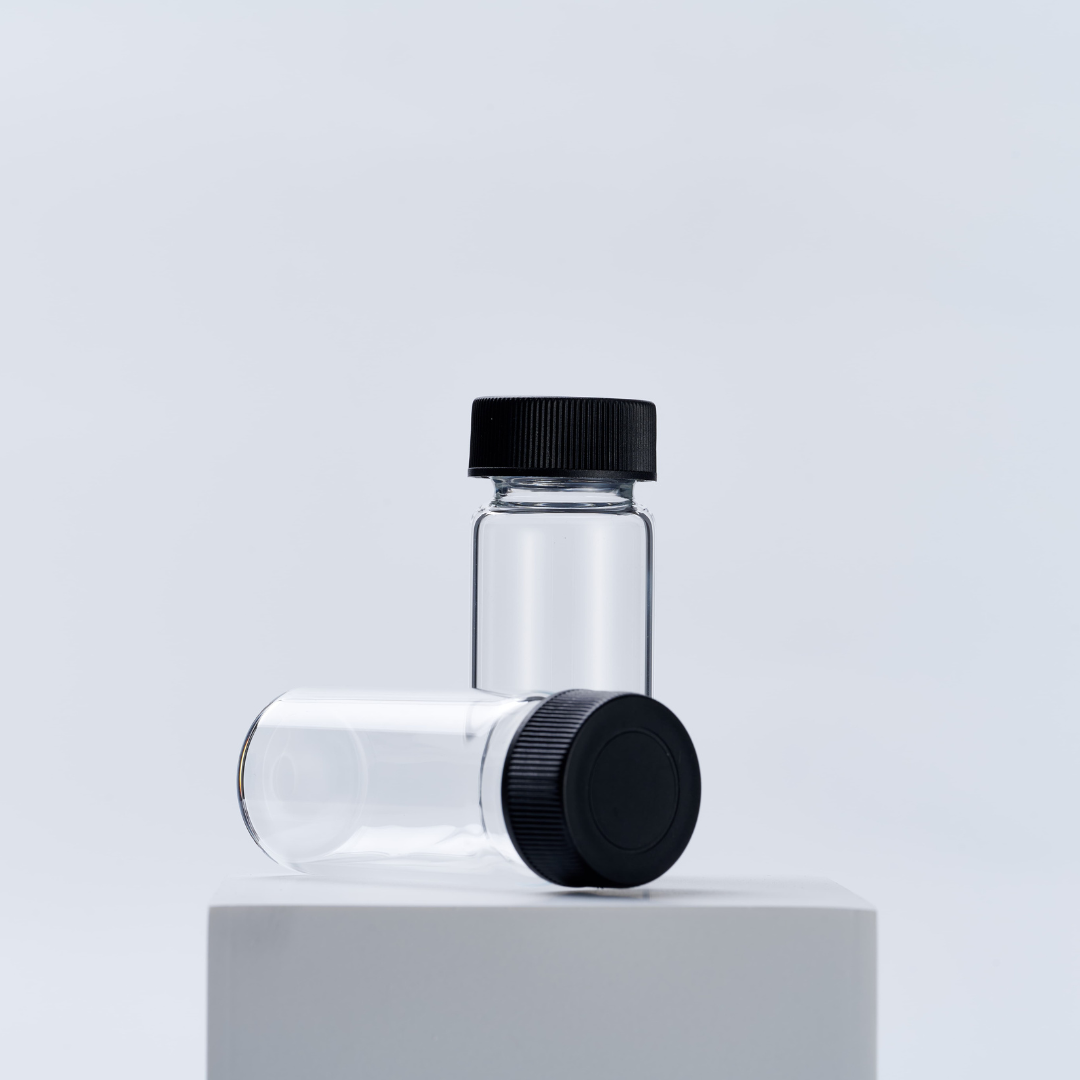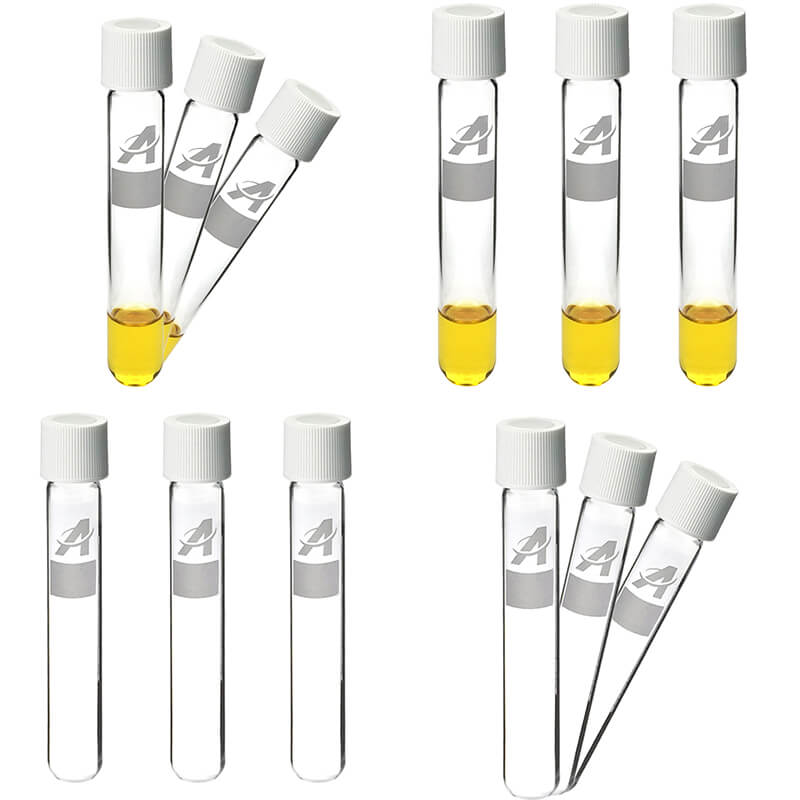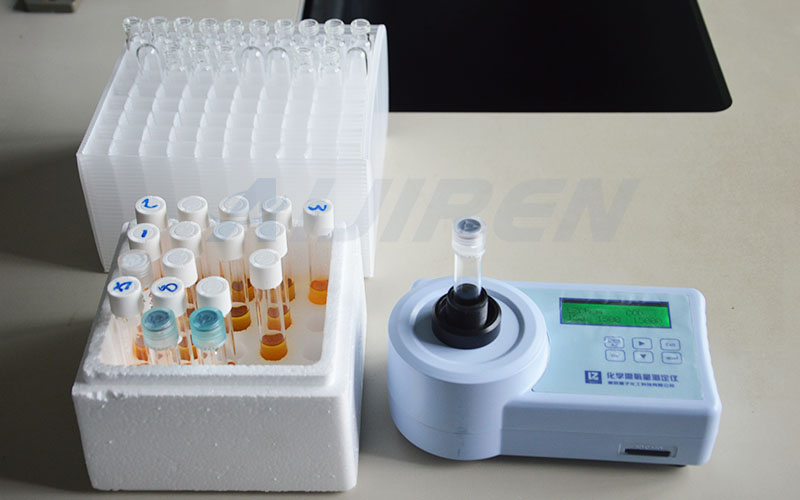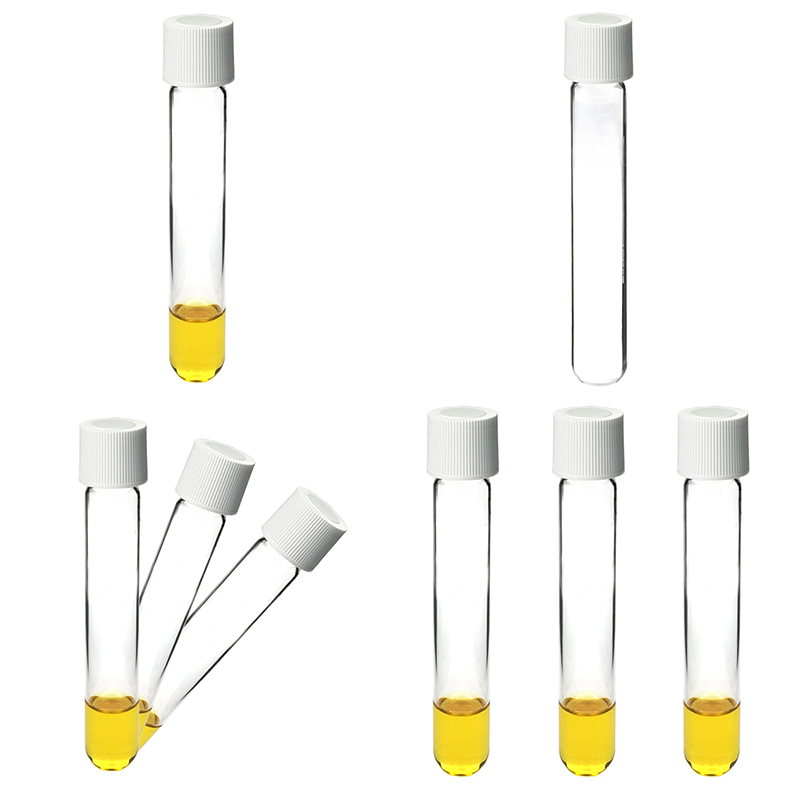Everything You Need to Know About COD Test Tubes
Chemical Oxygen Demand (COD) test tubes are essential tools for water quality analysis, widely used in municipal, industrial, and environmental testing. These specialized tubes are designed to withstand high temperatures and harsh chemical conditions during the COD digestion process. Let’s dive into the key features and best practices for using COD test tubes.
Chemical Oxygen Demand (COD) test tubes are essential tools for water quality analysis, widely used in municipal, industrial, and environmental testing. These specialized tubes are designed to withstand high temperatures and harsh chemical conditions during the COD digestion process. Let’s dive into the key features and best practices for using COD test tubes.
1️⃣ Material and Construction
COD test tubes are typically made from borosilicate glass, known for its exceptional thermal and chemical resistance.
The tubes are sealed with a screw-cap closure, often featuring a PTFE/silicone septum to prevent leakage and contamination.
2️⃣ Digestion Process
COD test tubes are used in conjunction with a COD digester, which heats the sample to 150°C for 2 hours.
During this process, organic matter in the sample is oxidized by a strong oxidizing agent (typically potassium dichromate) in the presence of sulfuric acid.
The amount of oxygen required for this oxidation is a measure of the COD, which can be determined spectrophotometrically.
3️⃣ Ranges and Applications
COD test tubes are available in various ranges to accommodate different sample types and expected COD values.
Common ranges include low (3-150 mg/L), medium (20-1500 mg/L), and high (200-15000 mg/L).
These tubes are widely used for testing municipal and industrial wastewater, as well as environmental water samples.
4️⃣ Best Practices
Always follow the manufacturer’s instructions for sample preparation, digestion, and analysis.
Ensure that the COD test tubes are free from contamination and that the sample is thoroughly mixed before analysis.
Use ultrapure water for dilutions and reagent preparation to minimize interference.
5️⃣ Safety Considerations
COD test tubes contain hazardous reagents, such as mercury and chromium, which require proper handling and disposal.
Wear appropriate personal protective equipment (PPE) when working with COD test tubes, and perform the analysis in a well-ventilated area.
By understanding the key features and best practices for using COD test tubes, you can ensure accurate and reliable water quality analysis, contributing to environmental protection and public health.

